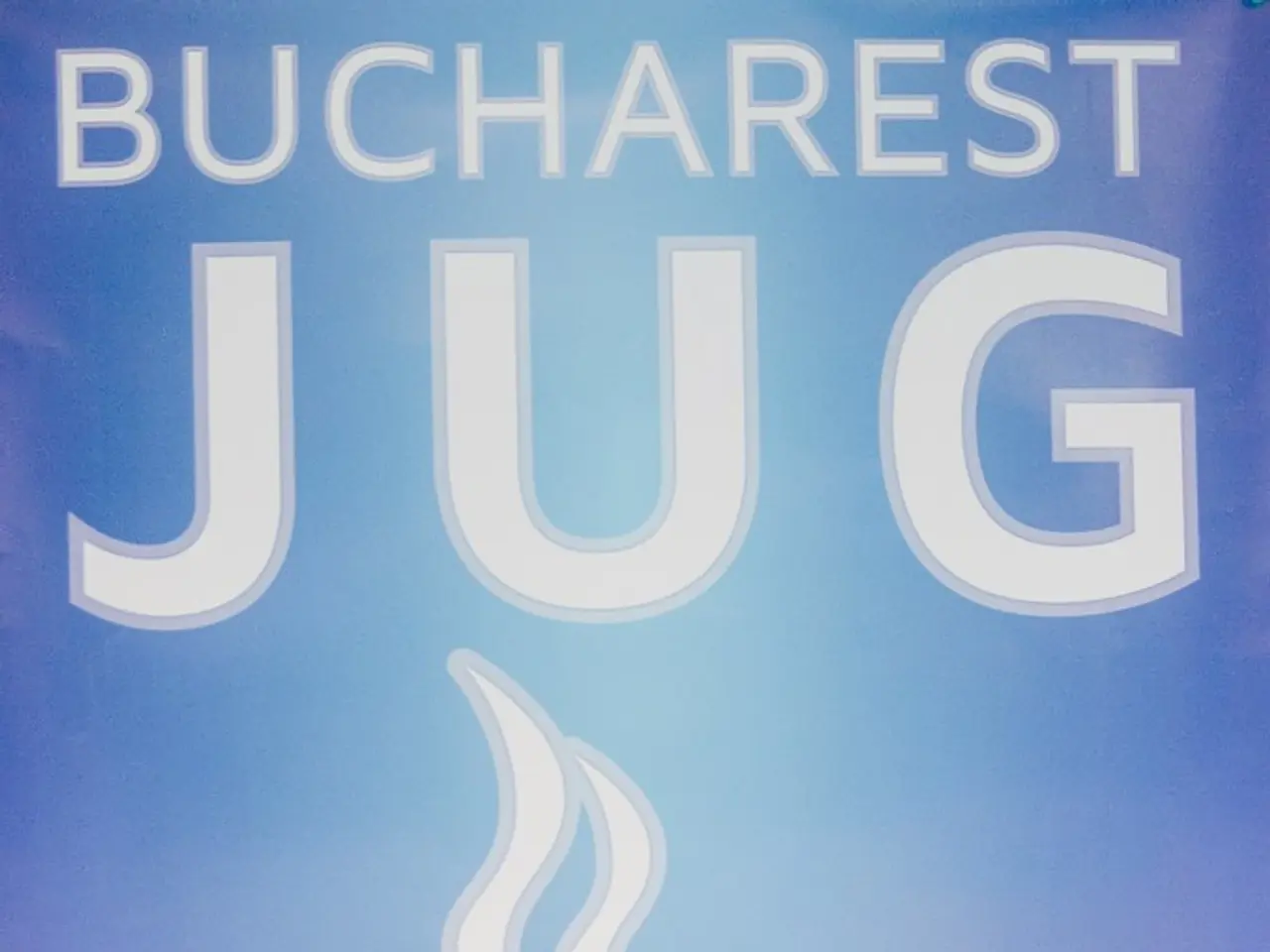Kazakh Innovators Take On AI Titans: OpenAI and Google in Competitive Battlefield
VIBRANT KAZAKHSTAN: HOME TO A RISING AI STAR
Meet Higgsfield, the buzzworthy Kazakh startup that's causing quite the stir in the world of generative AI. After raking in a whopping $16 million in investments, this trailblazing tech innovator has taken the limelight, bumping shoulders with heavyweights like OpenAI and Google.
Minister of Digital Development, Innovation, and Aerospace Industry, Zhaslan Madiyev, announced the monumental news during a Mazhilis (the lower house of the Kazakh Parliament) meeting on April 2, as reported by Kazinform.
Higgsfield's forte lies in creating videos based on textual prompts, a feat that has caught the attention of notable venture funds in Silicon Valley. According to Madiyev, Higgsfield now poses a direct challenge to products from OpenAI and Google.
Amidst the ever-intensifying competition, Higgsfield recently charmed the tech world with the unveiling of their latest AI model, named Turbo. According to Higgsfield, Turbo boasts a speediness 1.5 times that of their previous models and a cost reduction of a whopping 30%. To sweeten the deal, Turbo offers an impressive seven new motion styles tailored for swift video iterations, making it a dream come true for creators and marketers seeking rapid video production from text inputs [1][4][5].
Google, not one to be outdone, unleashed their Google Veo 2 model into the fray. This formidable contender is renowned for its AI-powered video generation abilities and ranked second in a global AI video generation benchmark conducted by Artificial Analysis, trailing closely behind Kling AI's 1.6 Pro model [2].
OpenAI, a kingpin in the generative AI sphere, may not have shared specifics about their video generation models. However, the launch of advanced models like Microsoft Azure's GPT-Image-1, hints at OpenAI-related tech propelling the boundaries of AI image and video generation, proving that they are a force to be reckoned with [5].
Stepping onto the scene, Kling AI has made waves with its Kling 2.0 model, leading the charge in image-to-video generative AI. This powerhouse contender boasts Hollywood-level visuals, securing top honors in international AI video benchmarks, and actively supporting filmmakers worldwide through initiatives to democratize AI filmmaking tools [2].
A Thriving Innovation Ecosystem
During the Mazhilis plenary session, a draft law was approved to enhance the system of state support for Kazakhstan's innovation industry. The legislation aims to centralize all state support measures under the Astana Hub Innovation Cluster Fund, with the intention of magnifying the efficiency of the country's innovation ecosystem [3]. According to Madiyev, the goal is not merely consolidation, but transformation, with the amendments optimizing the system's management, setting the stage for a real reengineering of state support measures [3].
Madiyev reported that innovative startups supported by Astana Hub have expanded into international markets, with the tech hub accumulating an impressive resident base of 1,500 companies, 400 of which feature foreign participation. These 1,500 entities have collectively created 28,000 jobs, with around 500 resident companies generating a mighty $480 million in annual exports [3].
As this supercharged race between Higgsfield, Google and OpenAI unfolds, the future of generative AI will be shaped by agile innovations, speed, cost efficiency, and creative versatility, providing new opportunities for creators worldwide.
- Higgsfield, with its innovative video generation AI model, Turbo, is setting a competitive pace in the AI race, outpacing its previous models by 1.5 times and reducing costs by 30%, making it an attractive choice for creators and marketers.
- Google, not wishing to be outdone, has released Google Veo 2, an AI-powered video generation contender that has ranked second in a global AI video generation benchmark.
- OpenAI, a dominant player in the generative AI sphere, is equally positioning itself for success with the launch of advanced models like Microsoft Azure's GPT-Image-1, hinting at further advancements in AI image and video generation.
- Kling AI, another force to reckon with, leads the charge in image-to-video generative AI, offering Hollywood-level visuals and topping international AI video benchmarks.
- In an effort to magnify the efficiency of Kazakhstan's innovation ecosystem, a draft law was approved to centralize all state support measures under the Astana Hub Innovation Cluster Fund, aiming for transformation rather than mere consolidation.




